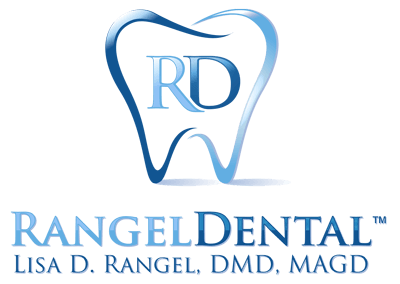EVER WONDER WHAT’S actually in your toothpaste? That tube sitting by your sink contains more than just minty freshness. Understanding the ingredients in toothpaste can help you make better choices for your family’s dental health.
Active Ingredients: The Cavity Fighters
Active ingredients are the components that actually protect your teeth. Think of them as the hardworking ingredients that earn toothpaste its place in your daily routine.
- Fluoride is the superstar active ingredient in most toothpastes. You’ll see it listed as sodium fluoride, stannous fluoride, or sodium monofluorophosphate. Fluoride strengthens your tooth enamel, making it more resistant to the acids produced by bacteria in your mouth. It’s like giving your teeth a protective shield against cavities.
- If you have sensitive teeth, your toothpaste might contain potassium nitrate or stannous fluoride as active ingredients. These work by blocking the tiny pathways in your teeth that transmit pain signals when you eat something hot, cold, or sweet.
- Some toothpastes include antimicrobial ingredients that help fight gum disease and plaque buildup, though these are less common in everyday brands. For parents, here’s an important tip: children under three only need a smear of toothpaste about the size of a grain of rice, while kids aged three to six should use a pea-sized amount.
Inactive Ingredients: The Supporting Players
Inactive ingredients don’t fight cavities directly, but they make toothpaste work effectively and taste good enough that you’ll actually want to use it twice daily.
- Abrasives make up about half of your toothpaste. Ingredients like hydrated silica, calcium carbonate, or baking soda gently scrub away plaque and surface stains. These are specially formulated to clean your teeth without scratching your enamel, unlike using something harsh like sandpaper.
- Humectants such as glycerin and sorbitol keep your toothpaste from becoming a dried-out brick in the tube. They maintain that smooth, squeezable consistency you expect.
- Detergents, usually sodium lauryl sulfate, create the foam you see when brushing. Some people find detergents irritating, which is why sensitive formulas often skip this ingredient.
- Binders like various gums keep all the ingredients mixed together uniformly. Flavoring agents (usually mint oils) and sweeteners like saccharin make brushing pleasant rather than unpleasant. This is especially important for children who might resist brushing if toothpaste tastes bad.
Choosing the Right Toothpaste
With so many options lining the store shelves, how do you choose? Look for the American Dental Association Seal of Acceptance on the package. This seal means the toothpaste has been independently tested for safety and effectiveness.
Whitening toothpastes work by containing extra abrasives to polish away surface stains from coffee, tea, or wine. However, they won’t change your natural tooth color or whiten teeth that have yellowed from the inside. If you want dramatic whitening, you’ll need professional treatment.
Natural or fluoride-free toothpastes have grown popular, but they lack fluoride’s proven cavity-fighting benefits. While these products might appeal to those seeking “cleaner” ingredients, decades of research confirm that fluoride toothpaste significantly reduces cavities in both children and adults.
We Can Help!
For most people, a regular fluoride toothpaste with the ADA seal provides everything needed for healthy teeth. If you have specific concerns like sensitivity, gum disease, or heavy staining, talk with your dentist about whether a specialized formula might benefit you. Remember, the best toothpaste is the one you’ll use consistently, twice daily, with proper brushing technique.

